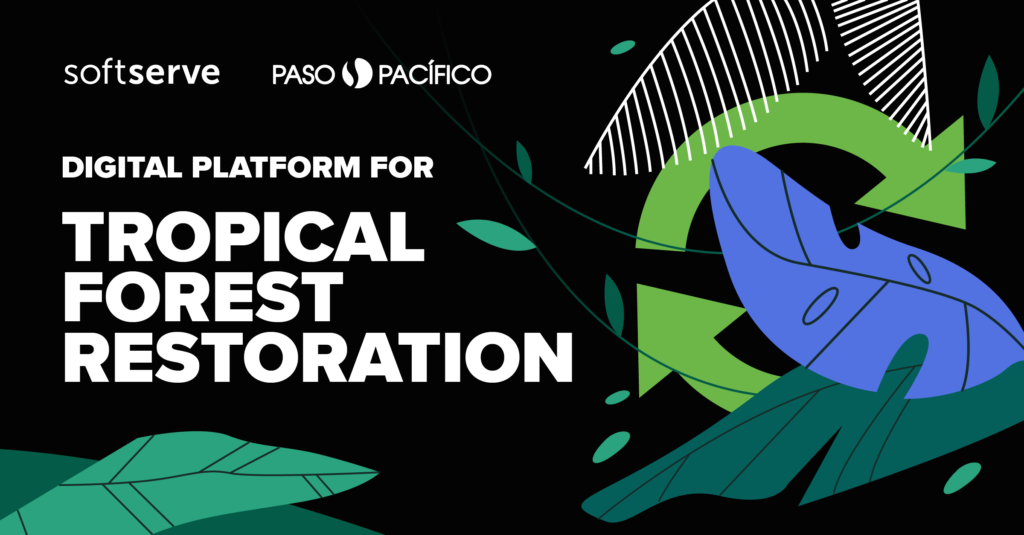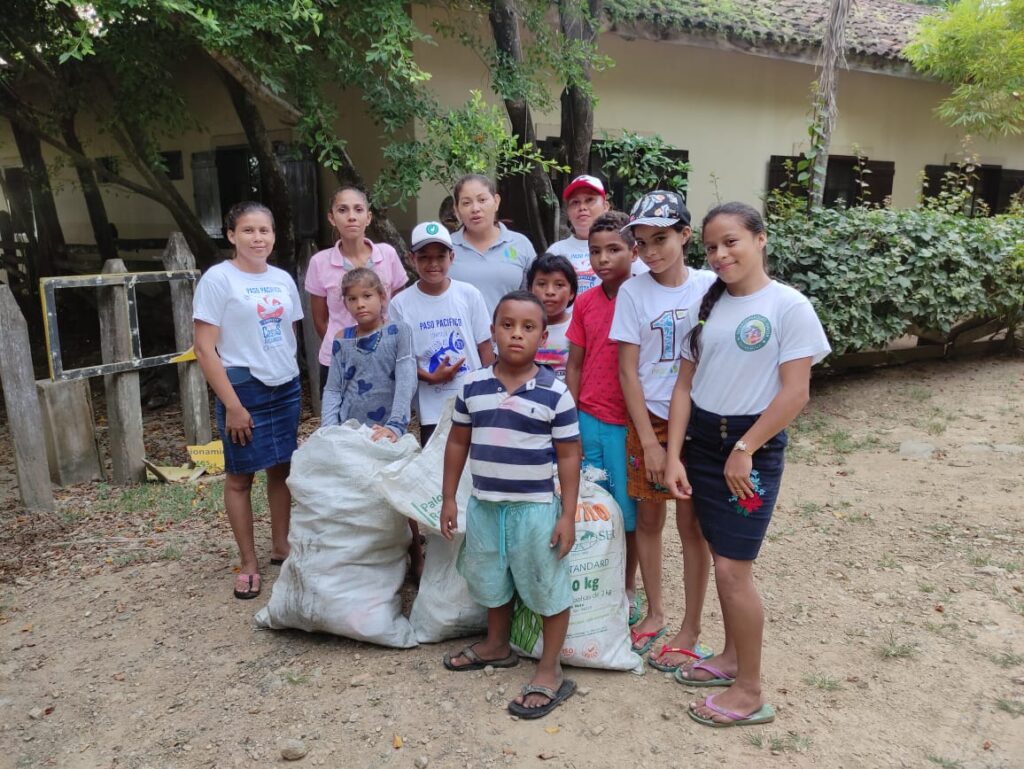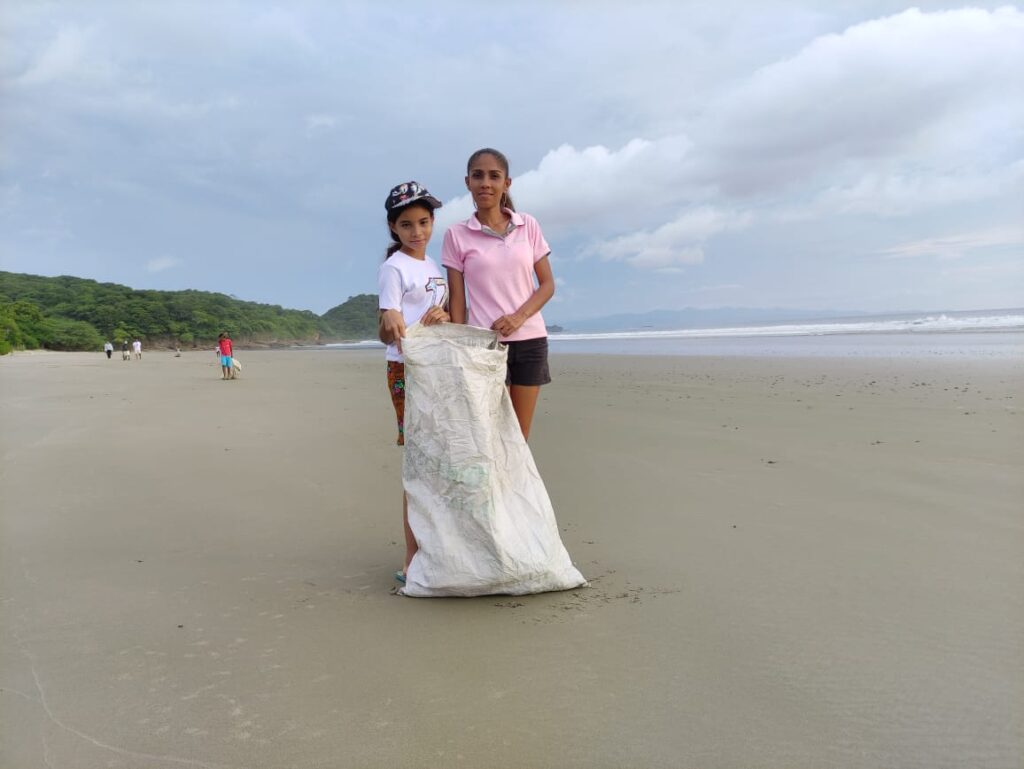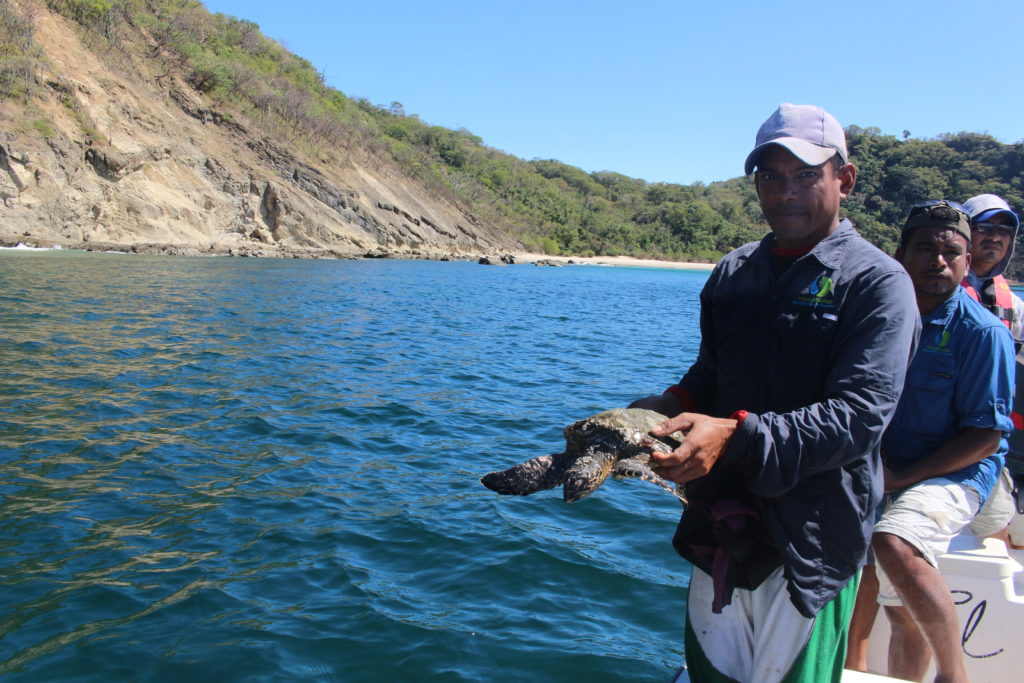The world’s oceans are teeming with all kinds of marine life but it may not stay that way for much longer.
By the year 2100, over half of the world’s marine species may be extinct. But we can reverse this destructive trend by preserving our marine corridors.
Read on to discover how these vital corridors maintain the health of marine ecosystems. If you’re up for the challenge, you can lend Paso Pacifico a hand by volunteering.
Marine Corridor: Definition
One Earth defines marine corridors as “areas of air and ocean that serve as migration routes for seabirds, fish, and marine mammals across the ocean.”
Protecting these marine corridors and the biodiversity they hold is challenging, especially when their ranges include different regions.
But there is some encouraging news. More than 7% of the world’s oceans are currently being protected in some way. We already know that their conservation calls for a strong collaboration between governments, organizations, and locals.
According to the 2020 global diversity framework, decision-makers must ensure that at least 30% of land and sea areas are protected. They must be selected based on their importance in terms of biodiversity and their contributions to people. This is fundamental to human well-being and a healthy planet.
A Look at the Benefits of Marine Corridors
Before all else, let’s clarify one common misconception: Many people believe that marine corridors and marine protected areas (MPAs) are the same thing but they aren’t.
MPAs restrict human activity in specific sections of the ocean. A bunch of them, with their varying sizes and levels of protection, combine to form “biological corridors.”
When implemented right, they can help:
- Strengthen valuable biodiversity
- Facilitate genetic resilience in fragmented habitats
- Encourage abundant and diverse fish populations
- Safeguard migration routes of predators like whales and seals
Creating marine corridors can be prohibitively expensive. It can be even harder to manage without effective regional collaboration. But we must overcome these obstacles now since our oceans are deteriorating faster than researchers previously predicted.
Initiatives Undertaken by Paso Pacifico to Protect Marine Life
Here are some ways Paso Pacifico makes a difference:
Marine Monitoring
Reefs cover less than 1% of the ocean floor but they are immensely important since they host the highest diversity of any ecosystem, including tropical rainforests!
In addition, they shape the culture of coastal communities around the world. Their value in tourism generates nearly$36 billion in revenue.
There’s a big chance we won’t continue enjoying the benefits of healthy reef systems since coral reef cover globally declined by 50% from 1957 to 2007. Losing them has grave consequences such as the disappearance of vital spawning and feeding grounds. Moreover, there are economic drawbacks since they support the livelihood of over 1 billion people.
To protect and expand this cornerstone of ocean health, we developed a scientifically effective marine monitoring program. Our efforts focus on the marine areas of La Flor Wildlife Refuge, a region that holds important coral reefs. Humpback whales and juvenile hawksbill sea turtles also reside here.
Habitat Restoration
Habitat loss due to destruction or fragmentation affects 9 out of every 10 species. It is a leading cause of biodiversity loss, with extinction estimated at least 10 to 100 times faster than the pre-human era.
This is just the tip of the iceberg—the real problem is far more complex.
By working with local communities, Paso Pacifico conserves ecosystems from land to sea in Mesoamerica’s Pacific Slope. In the La Flor Wildlife Refuge (Nicaragua), we are working on species conservation in two remote nesting beaches, protecting threatened and endangered sea turtles.
We’re also dedicated to preserving the “open coast” subpopulation of hawksbills from southwestern Nicaragua and coastal areas in Costa Rica.
But that’s not where our efforts end. Our conservation projects protect potential habitats of flagship species like crocodiles. It’s an important initiative, even as studies show growing crocodile populations in Pacific Central America.
Creating Aquacultures
The sea is the greatest source of life on the planet. It accounts for 17% of total animal-source protein for human consumption. When fishing vessels catch fish faster than the breeding population can recover, it has a nasty impact on the marine environment. Here’s a look at the consequences:
- Alters the size and structure of food webs
- Affects the ocean’s ability to store carbon for climate mitigation
- Destroys habitats that serve as important nurseries for many species.
If we don’t make necessary changes in the way we exploit our oceans, there may be no more fish by 2048. Data from the World Wildlife Fund revealed that over a third of chimeras, rays, and sharks are in danger of becoming extinct.
To combat this, Paso Pacifico partnered with Fauna and Flora International, Oceans5, and PRETOMA to promote sustainable fishing. Since hundreds of thousands of turtles die annually because they are accidentally caught in fishing gear, our programs also show how to rescue these turtles.
Developing a marine corridor at Paso del Istmo has equipped us to save sea turtles, a very rare frog, and endangered primates.
Junior Ranger Program
The fall of marine ecosystems threatens the communities that rely on them, leaving them vulnerable to hardships. Many are already experiencing large economic gaps, slower economic growth, and poor life expectancy.
This is why Paso Pacifico’s marine conservation approach emphasizes community involvement. We tap into knowledge passed down through generations to protect species while ensuring locals enjoy food security and use marine resources sustainably.
In Paso del Istmo, we work with women to develop oyster aquaculture and combat overfishing.
We also invest in educating children to show them how to interact with nature without destroying ecosystems. Our Junior Ranger program was launched in 2012. It teaches 8- to 13-year-olds how to safeguard biodiversity and become responsible stewards.
Our lessons go beyond the theoretical with field trips that allow students to experience nature firsthand. Through personal exploration, they can see mangroves, sea turtles, and more.
Take Action Now
There are many ways of protecting marine life. Species of the ocean are disappearing faster than land-based organisms so we must work together to protect critical habitats and the marine life they support.
Sea turtles are an excellent example. Nearly all turtle species have been categorized as endangered or threatened. Losing this keystone species has a huge impact on beach and marine ecosystems. It affects us too since over 3.5 billion people rely on the ocean for food.
Paso Pacifico recognizes the urgency of the issue and has initiated a sea turtle conservation program in El Salvador and Nicaragua. We rely on technological tools like the InvestEGGator, a tracking device that looks like a real turtle egg. These are placed inside turtle nests so when the eggs are stolen by poachers, Paso Pacifico can pinpoint their smuggling routes and minimize illegal trade.
But there’s still a lot that needs to be done. With your help, we can work together and make a difference.
Work With Paso Pacifico
You can aid our work on the Pacific coast by volunteering or donating. As a 501(c)(3) certified organization, you can even withdraw your funds tax-free as a qualified charitable distribution.
Your charitable donation will safeguard sea turtles while preserving the marine ecosystems they belong to and their marine corridors.
Let’s keep this ancient species safe, ensure their continued existence, and safeguard our own well-being in the process.











